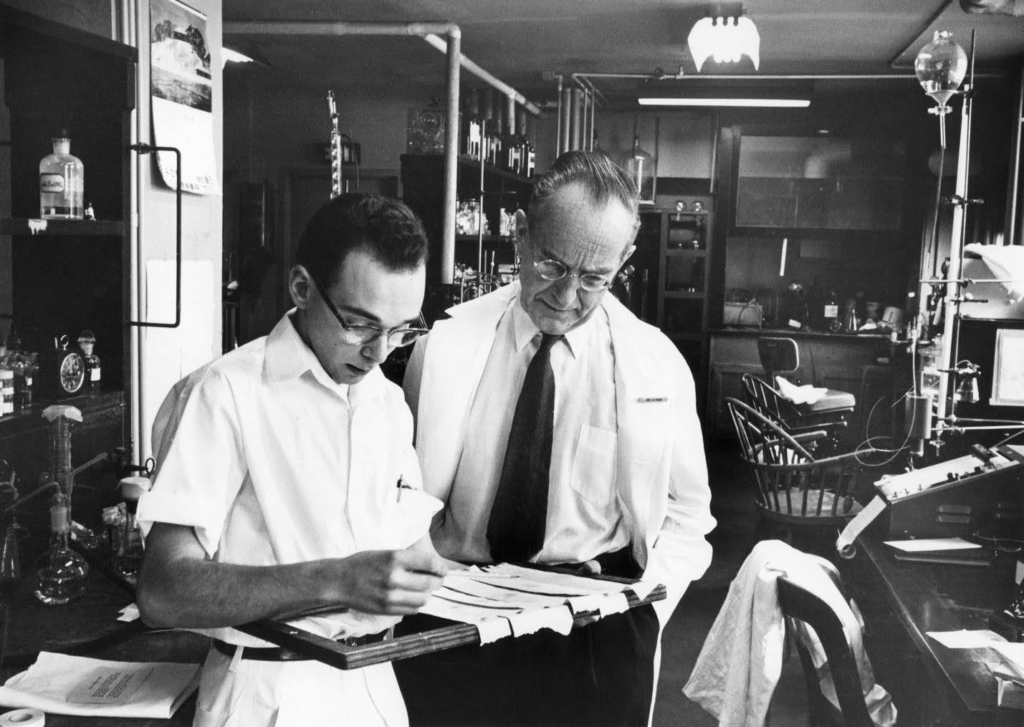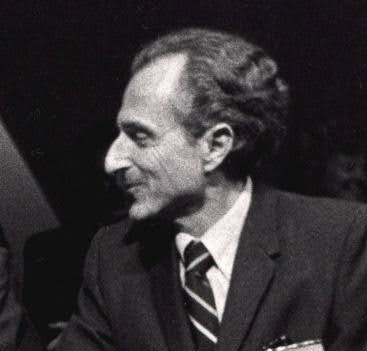A Legacy of Trust
In the 1960s, as U.S. policy makers debated the prospect of national health insurance, the NAM’s founding members recognized the need for a source of independent, evidence-based guidance to inform health policy decisions. They conceived of an organization with national standing that could make recommendations informed by research, rather than business or political interests. In 1970, the NAM was born. For more than half a century, our reliable guidance and impartiality have earned the trust of the nation.


Making a Difference
Population-Level Impact
From securing compensation for veterans harmed by chemical exposures to revealing the magnitude of medical errors to supporting the growth of the nursing profession, our work makes a difference on a large scale.

Leadership
Victor J. Dzau is the 10th president of the National Academy of Medicine, serving the second of two 6-year terms.
Presidents of the NAM
- Robert J. Glaser, MD (1970–1971)*
- John R. Hogness, MD (1971–1974)
- Donald Fredrickson, MD (1974–1975)
- David A. Hamburg, MD (1975–1980)
- Frederick Chapman Robbins, MD (1980–1985)
- Samuel O. Thier, MD (1985–1991)
- Stuart Bondurant, MD (1991–1992)*
- Kenneth I. Shine, MD (1992–2002)
- Harvey V. Fineberg, MD, PhD (2002–2014)
- Victor J. Dzau, MD (2014–)
Celebrating 50 Years of Progress
To commemorate a half-century since its founding, the NAM published an organizational history book and coffee table book celebrating breakthroughs in science, medicine, and health since 1970. In addition, the New England Journal of Medicine published a series titled Progress in Health: The NAM at 50 charting the Academy’s major contributions across themes ranging from cardiovascular disease to genomics.

Have Questions?
Get in Touch
For more information about the National Academy of Medicine, please contact us.
